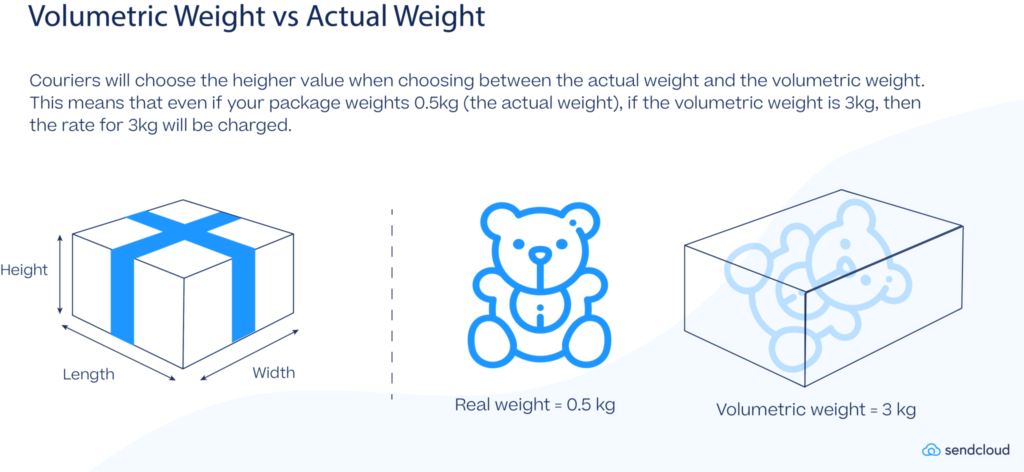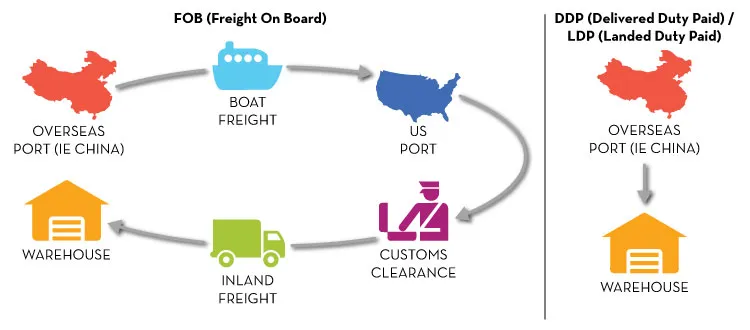Volumetric and actual weight of cargo

how to calculate and what to pay for?
Every item has a size and volume that takes up a certain amount of space in a container or airplane cargo hold. When a shipment has more volume than weight – a pillow, for example – you have to pay for the volumetric weight at customs. But how do you calculate the volume of a shipment? When do you have to pay for the gross weight, and when for the volumetric weight? Let’s find out.
Standard freight prices are based on weight, not volume. However, light shipments take up much more space than heavier but smaller goods, making their delivery unprofitable. This is why there are volumetric weight rates based on the dimensions of the cargo.
Volumetric Weight Calculation

There is a concept of “volumetric” and “payable” weight. The payable weight is the higher value of the volumetric and actual weights.
In this case, the goods with packaging are the actual weight (gross), and the space that the cargo will occupy in the compartment determines the volumetric weight. A shipment is considered volumetric if it has more than 167 kg per 1 m³.
If the cargo’s volumetric weight exceeds the actual weight of the goods, payment will be charged based on the volumetric weight.

Volumetric weight formula
The volumetric weight of a parcel is a notional value that determines how much space a box or pallet takes up in transportation. There is a density factor, usually 167 kg in m³.
(Length x width x height) x density factor 167 kg = volumetric weight
Use a simple formula to calculate volume:
Length (L) × Width (W) × Height (H) = Volume (m³)
And a simple formula to calculate volumetric weight:
Volume (m³) × 167
Dimensions are usually rounded upwards to a whole value.
Weight calculation by example
Let’s consider the calculation by using an example. So, it is planned to transport a children’s electric car with a gross weight of 98 kilograms with a box and these dimensions:

Step one
Round the dimensions of the load to the larger side:
- Length 135.3 → 136
- Width 103,1 → 104
- Height 56,2 → 57
Step two
To calculate the volume of the shipment, multiply all sides of the WDR and multiply by 167:
(1.36 m x 1.04 m x 0.57 m) x 167 = 135 kg.
We compare the actual weight of the cargo with packaging (98 kg) and volumetric weight (135 kg).
The volumetric weight is higher, so 135 kg will be considered the payable weight of the cargo, and the corresponding tariff will be applied to it.
Do not forget that measuring the shipment correctly is also important when calculating the final shipping cost. This article describes how to measure irregularly shaped items.





